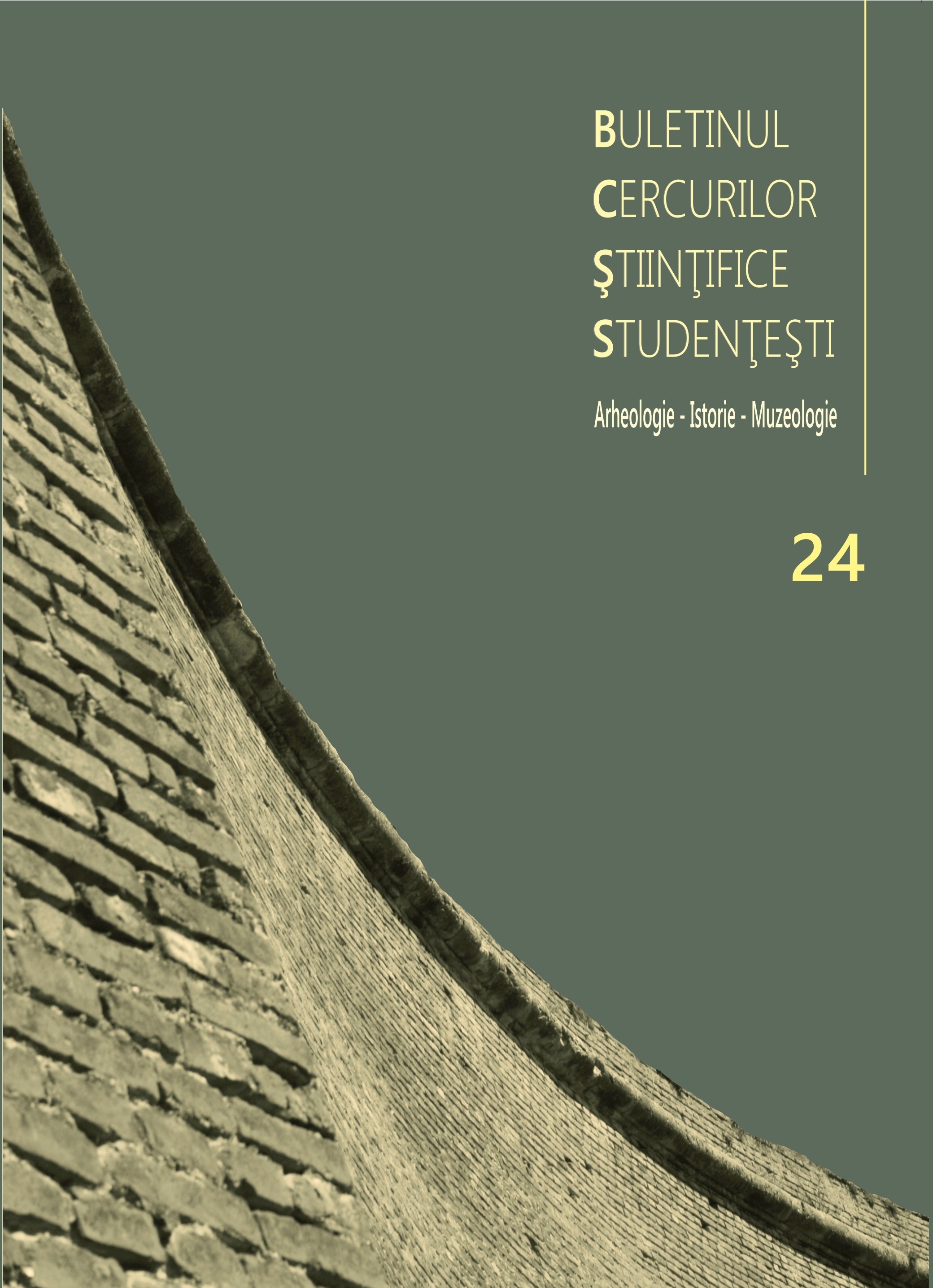Practica deformării artificiale a craniului în provincia Scythia
Artificial cranial deformation in the Scythia province
Author(s): Diana SonuSubject(s): History, Archaeology
Published by: Universitatea »1 Decembrie 1918« Alba Iulia
Keywords: necropolis; Roman-Byzantine period; cultural practice; graves; Scythia;
Summary/Abstract: This paper aims to present an exhaustive inquiry of the practice of artificial cranial deformation in the Scythia province. This province corresponds nowadays to the territory of Dobrogea and the Dobrici region of Bulgaria. So far, 39 skulls have been discovered in 39 graves that are artificially deformed, in four necropolises and a crypt of a basilica: at Beroe, Callatis, Histria, (L)Ibida and Tropaeum Traiani. The graves were dated between the fourth and the sixth centuries AD. The emergence of this practice corresponds to the appearance of the first migrants in Dobrogea, the Sarmatians. Other migratory peoples who brought here this practice were: the Huns, the Alans, the Ostrogoths and the Protobulgarians. The graves were discovered in Christian necropolises. The burial ritual was inhumation. The orientation of graves is W - E, with variations, the skeletons were in dorsal decubitus position and, in most cases, individually deposited. The funerary inventory is poorly represented and contains beads, ceramic vessels, earrings, combs and buckles. The analysis is based on the analogies between artificially deformed skull graves and the rest of the graves in the five-studied necropolises. In general, cultural differences become more entrenched when groups interact. In the case of the nomads in Scythia province, adoption of sedentary modes of life and Christianization led to their assimilation, but they preserved artificial deformation as a defining element of their identity. The analogies made confirm that there are no differences between the funeral ritual practiced in the case of deformed skull graves and the funeral ritual practiced in the other graves. Moreover, those graves with deformed skulls are not grouped within the cemeteries, being completely mixed with the rest of the graves.
Journal: Buletinul Cercurilor Științifice Studențești
- Issue Year: 24/2018
- Issue No: 1
- Page Range: 67-90
- Page Count: 25
- Language: Romanian

